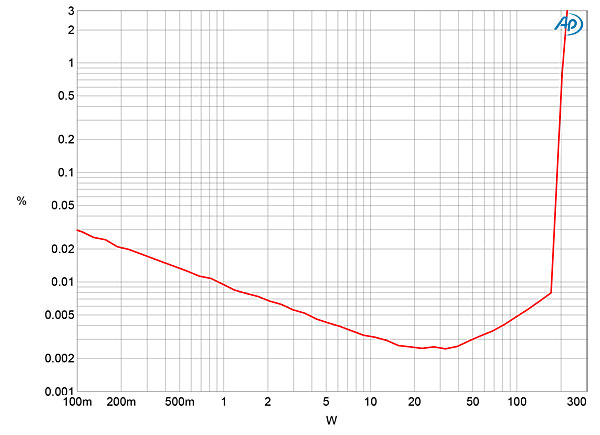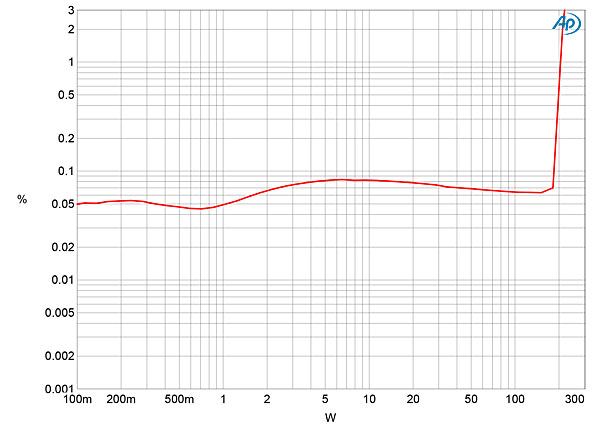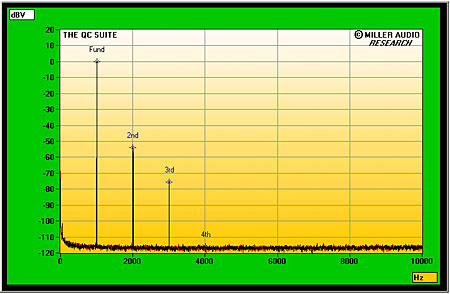Maybe they were bad.
Many tubes in Darkvoice hum, what's strange the hum often tends to go away with tube burn-in. Yes, it's actually a thing.
Maybe they were bad.
[...] Somewhere else I read about an integrated amp to have selector for high or low NFB/damping factor, low giving more distortion and warmth. This would be a nice feature, just like with Schiit Saga pure/tube. Just for fun!


You have to be able to understand the tube codes to know, yes labels are pretty meaningless. Ultimately if you know the construction you will know what is real vs re-screened junk.The reality is that lots of the same tubes have been labeled 6922, ECC88, and E88CC. Officially, there’s some differences in heater current, but in reality, it’s a complete crap shoot.
If you’re really lucky, you’ll stumble into some genuine CCa. If you’re unlucky, you’ll get some 6ES8 that have been relabeled...
I have ever had only one harmonic enhancer, the PrimaLuna Prologue 3 preamp with two 5AR4, two 12AX7, two 12AU7 . It has nice H2 weighted 0.1% distortion and it works as source switch and volume control before my SS or ICEpower amps, in my #2 setup. I must say, that it adds just the right amount of warmth! Switching power amp class A, AB or D after it doesn't change the sound, to my aged ears.

Somewhere else I read about an integrated amp to have selector for high or low NFB/damping factor, low giving more distortion and warmth. This would be a nice feature, just like with Schiit Saga pure/tube. Just for fun!
Now that explains why NFB devices from AudioGB just don't measure so very well. Now why would I want to pay money on a NFB device if I can get something cheaper and much better measuring, and of course...I can add later some free VST plugins and create my own distortions.
3 Gain/Feedback. Use this switch to change the gain. It has 3 positions:
TOP high gain with feedback
MIDDLE no feedback (highest gain)
BOTTOM low gain with feedback
"Distortion: abysmal by modern standards, 1000x higher than most of the stuff we make, but has very nice triode profile"